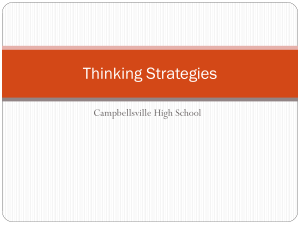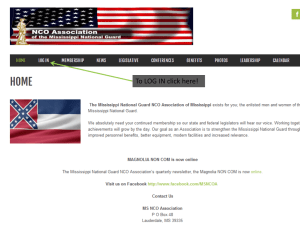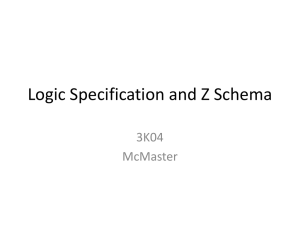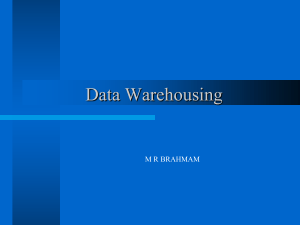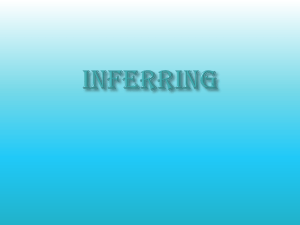flexible-transform
advertisement
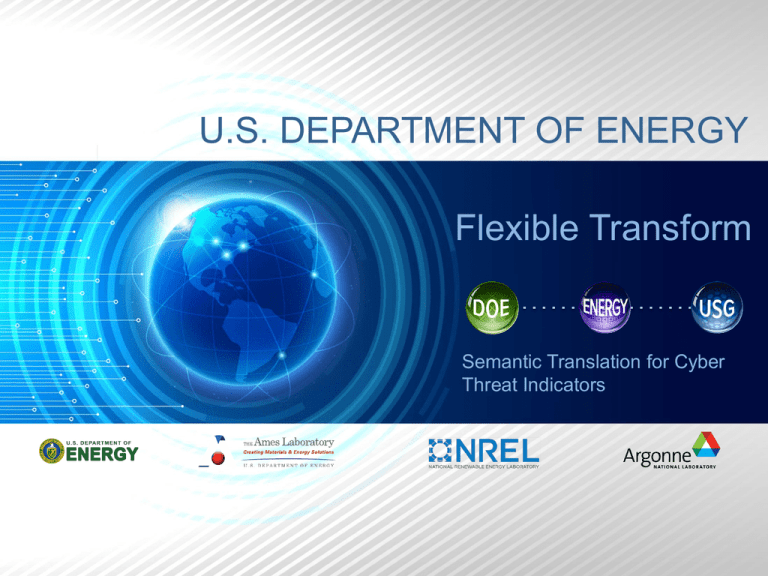
U.S. DEPARTMENT OF ENERGY Flexible Transform Semantic Translation for Cyber Threat Indicators Who We Are Andrew Hoying National Renewable Energy Laboratory andrew.hoying@nrel.gov Dan Harkness Argonne National Laboratory dharkness@anl.gov Chris Strasburg Ames National Laboratory cstras@ameslab.gov Scott Pinkerton Argonne National Laboratory pinkerton@anl.gov FIRST Annual Conference 2014 June 2014 2 Agenda Motivation Background Flexible Transform (FT) Approach Extended Example Conclusions FIRST Annual Conference 2014 June 2014 3 Motivation Why transformation? It is needed to: Facilitate migration to a common language (STIX) … without having to wait on entire customer base to adopt the language natively Adapt data to multiple tool chains dynamically within a single site Why must it be flexible? Point–point translation is not scalable, O(n2) A semantic representation minimizes data loss Deals with inherent ambiguities in legacy data – Shared Internet Protocol (IP) address – source or target (or resource or pivot point or …)? FIRST Annual Conference 2014 June 2014 4 Motivating Example Target Schema Source Schema IPv4 Address Value Username Account UserName Block Reason Static Mapping Code Syntax Producer Syntax Parser Legacy File Source IPv4 Address Indicator Type Action Taken Course of Action Sharing Policy Handling STIX File Translation Errors FIRST Annual Conference 2014 June 2014 5 Translation Scalability CSV Format 1 XML Format 1 CSV Format 1 2 O(N ) New Syntax / Schema / Semantics XML Format 1 XML Format 2 CSV = comma-separated value; XML = extensible markup language. CSV Format 1 XML Format 1 XML Format 2 Key/Val Format 1 FIRST Annual Conference 2014 June 2014 6 Background Sharing data is hard when everyone does not speak a common language Methods exist for parsing data from systems you do not control – Dynamic or static mapping of field names and types – Post-ingestion data recognition – Predefined parsers We want a richer ontology so that data are not lost in translation. FIRST Annual Conference 2014 June 2014 7 U.S. Department of Energy Cyber Fed Model (CFM) – GUWYG Background [2004–2010] – Single Input Format Supported [2010–2013] – Give Us What You’ve Got (GUWYG) v1 CSV Format 1 XML Format 2 GUWYG CFM XML 1.3 Key/Val Format 1 [2013–Present] – GUWYG v2 – Added XML and Key/Value formats for input – CFM supports multiple input/output formats and functions as a bridge between Enhanced Shared Situational Awareness (ESSA) initiative and thousands of Energy Sector utilities FIRST Annual Conference 2014 June 2014 8 Ontology Ontology Observable IP Address IP v4 Address Dest IPv4 Address Source IPv4 Address IP v6 Address Dest IPv6 Address Source IPv6 Address FIRST Annual Conference 2014 June 2014 9 Ontology Schema Signature hasSchemaDefinition isComposedOf isContainedIn definesFieldsForSyntax Document Indicator isExpressedInSyntax Syntax FIRST Annual Conference 2014 June 2014 10 Flexible Transform Approach Source Schema Syntax Parser Legacy File Ontology Source IPv4 Address Source IPv4 Address Username Login Username Block Reason Reason For Block Action Taken Response Taken Sharing Policy Sharing Restriction FIRST Annual Conference 2014 June 2014 11 Approach/Design – Process Detail FIRST Annual Conference 2014 June 2014 12 Approach/Design – Process Detail (cont.) FIRST Annual Conference 2014 June 2014 13 Approach/Design – Process Detail (cont.) FIRST Annual Conference 2014 June 2014 14 Approach/Design – Process Detail (cont.) FIRST Annual Conference 2014 June 2014 15 Approach/Design – Process Detail (cont.) FIRST Annual Conference 2014 June 2014 16 Approach/Design – Process Detail (cont.) FIRST Annual Conference 2014 June 2014 17 Approach/Design – Process Detail (cont.) FIRST Annual Conference 2014 June 2014 18 Flexible Transform Scalability CSV Format 1 O(N) XML Format 1 XML Format 2 Ontology Key/Val Format 1 FIRST Annual Conference 2014 June 2014 19 Approach/Design – Semantic Structure Document Component Value hasSchemaLanguage Schema Schema Language hasSchemaDefinition hasComponentValue Signature isComposedOf Document Component Document isContainedIn definesFieldsForSyntax Syntax isExpressedInSyntax Semantic Concept FIRST Annual Conference 2014 June 2014 20 Extended Example – Perfect Semantic Match Ontology Source Schema Target Schema Source IPv4 Address Source IPv4 Address IPv4 Attacker Address IP Address Value Username Login Username Account Target UserName Account Block Reason Reason For Block Indicator Activity Type Type Action Taken Response Taken Course of Action Taken Action Sharing Policy Sharing Restriction Redistribution Handling FIRST Annual Conference 2014 June 2014 21 Extended Example – Generalization Mismatch Ontology Source Schema Spam Target Schema Phishing Email Email Email Message Object FIRST Annual Conference 2014 June 2014 22 Extended Example – Specialization Mismatch Ontology Source Schema EMail Message Object Target Schema Phishing Email Spam Email FIRST Annual Conference 2014 June 2014 23 Extended Example – Missing Data 1 Ontology Source Schema Target Schema Source IPv4 Address Source IPv4 Address IPv4 Attacker Address IP Address Value Username Login Username Account Target UserName Account Block Reason Reason For Block Indicator Activity Type Type Action Taken Response Taken Course of Action Taken Action Sharing Policy Sharing Restriction Redistribution Handling Recon Allowed Permitted Actions x FIRST Annual Conference 2014 June 2014 24 Extended Example – Missing Data 2 Ontology Source Schema Target Schema Source IPv4 Address Source IPv4 Address IPv4 Attacker Address IP Address Value Username Login Username Account Target UserName Account Block Reason Reason For Block Indicator Activity Type Type Action Taken Response Taken Course of Action Taken Action Sharing Policy Sharing Restriction Redistribution Handling x Seen Time Indicator Timestamp FIRST Annual Conference 2014 June 2014 25 Conclusions/Limitations Using flexible transform, we act as an automated translator, enabling communities to share data regardless of the native tools/languages FT carries a performance impact – additional processing ‘on-the-fly’ Current definition of new syntaxes, schemas is manual – we are working on an RDF language to automate this function It requires fully structured data – we are examining the feasibility of parsing semistructured data Reduces, but does not eliminate, the problems of sharing ambiguous data FIRST Annual Conference 2014 June 2014 26 Preparing for Tomorrow’s Cyber Threat Cyber threats are global – sharing is key: – Are you ready to consume? – Are you ready to produce? Examine your data / workflow: – Let us know what schemas/ languages are in use – Provide/ask for schema specifications when needed Add structure to your data! FIRST Annual Conference 2014 June 2014 27 Future Needs A cross platform, or web-based, graphical user interface (GUI) for building indicators, other data types, and relationships using known semantic values – Visualize large data sets – List known semantics; provide user with a list of target formats – Built-in definitions of field types help analysts choose the appropriate field for the indicator or relationship Syntax parser and dynamic schema for semistructured data FIRST Annual Conference 2014 June 2014 28 Questions? Questions Now? – Ask away! Questions Later? – federatedadmins@anl.gov FIRST Annual Conference 2014 June 2014 29


